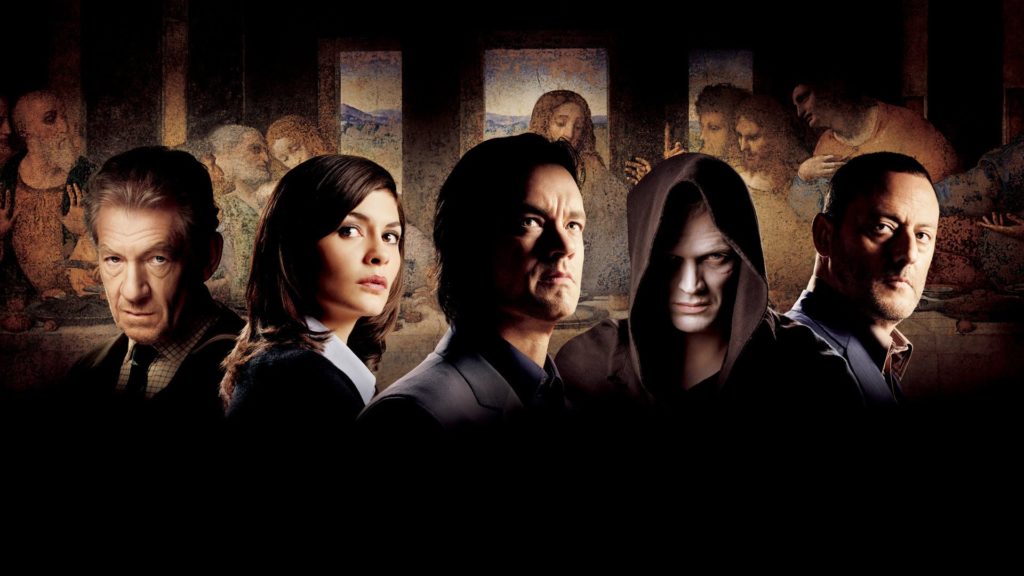
THE DA VINCI CODE
In 2003 a mystery thriller, “The Da Vinci Code” appeared and swept the world. Over 80 million copies were sold worldwide. Three years later it was made into a film, which grossed $734 million. As a result many of its claims about the origins of Christianity have passed into the popular consciousness. Here are some of them:
“As the prophesied Messiah, Jesus toppled kings, inspired millions and founded new philosophies… His life was recorded by thousands across the land.” (p.310) Thousands?
“In 325 (Constantine) decided to unify Rome under a single religion, Christianity.” (p.310-11) False. Constantine established official toleration. Christianity did not become the state religion until 391 under Theodosius I.
“Until that moment in history (325) Jesus was viewed by his followers as a mortal prophet… Jesus’ establishment as “the Son of God” was officially proposed and voted on by the Council of Nicaea.” (P.312) False. The earliest Gospel, Mark, c. 60, starts, “The beginning of the good news of Jesus Christ, the Son of God.”
“Constantine commissioned and financed a new Bible, which omitted those gospels that spoke of Christ’s human traits … the earlier gospels were outlawed, gathered up, and burned.” (p.313-314) False. By 180 virtually the whole of our New Testament, including the four gospels had been widely accepted. It was local bishops in the 4th century who made the existing list official, e.g. a synod at Rome in 382.
“The marriage of Jesus and Mary Magdalene is part of the historical record.” (p.327) The proof of this is taken from the Gospel of Philip: “And the companion of the Saviour is Mary Magdalene. Christ loved her more than all the disciples and used to kiss her often on her mouth. The rest of the disciples were offended by it and expressed disapproval. They said to him, “Why do you love her more than all of us?” (p.328)
Unfortunately for Dan Brown, the papyrus is damaged and actually reads like this:
“Wisdom, whom they call barren, is the mother of the angels, and the consort of Christ is Mary Magdalene. The ……. more than all the disciples, and he kissed her on the … The other …….him. (Philip 55, from Documents for the Study of the Gospels p. 70)
This is the fragment on which towers of speculation have been built about Jesus’ supposed marriage. Whatever was written, did it have a secret spiritual meaning, like the rest of the Gospel of Philip?
Finally, it perhaps not irrelevant that the speaker of all the above is Sir Leigh Teabing, who is revealed at the end as the villain of the whole book!
THE BBC
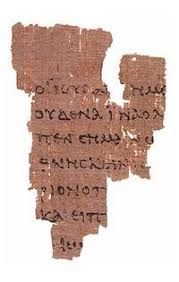
Unfortunately some of the material the BBC puts out for KS3 Religious Studies seems to owe more to Dan Brown that more sober scholarship. In “What do the Lost Gospels tell us about Jesus?” there are some fairly misleading statements, e.g.:
“By the end of the 4th Century, the Gospels of Matthew, Mark, Luke and John were widely accepted …” They were widely accepted 200 years earlier, see Irenaeus and the Muratorian Canon, c. 180. This fragment of John dates from c. 125.
“Some of the lost gospels were written significantly later, in the 2nd and 3rd Centuries.”
Professor Ehrman states: “Almost all of the ‘lost’ Scriptures were forgeries. On this scholars of every stripe agree, liberal and conservative, fundamentalist and atheist.” (Lost Christianities p. 9)
WHAT WERE THE LOST GOSPELS?
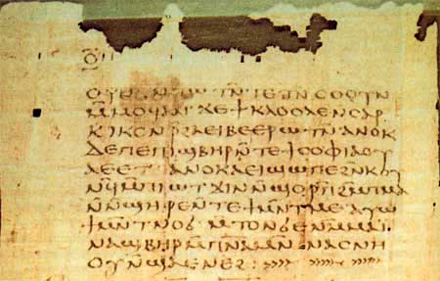
At the start of his excellent book, “Lost Christianities”, Professor Ehrman helpfully lists all the Christian Apocrypha. These are 16 gospels, 6 Acts, 13 Letters, 3 Apocalypses and 6 visionary treatises. Of the 13 gospels two are of Jewish Christian origin, six are from the mainstream tradition, and eight are ‘gnostic’. They all date from the 2nd or 3rd century.
THE ORTHODOX LOST GOSPELS
The orthodox ‘lost gospels’ aimed to entertain their Christian readers. The gospel of Peter was very popular in Egypt, but we only have its ending with Jesus’ trial, crucifixion and resurrection. Here is part of the story:
‘In the night before the dawn of the Lord’s day, while the soldiers guarded two by two, there was a great noise in heaven, and they saw the heaven open and two men, having great splendour, come down from there and draw near the tomb. The stone which had been placed at the door rolled away by itself… They saw three men coming out of the tomb; two supported one of them and a cross followed them. The heads of the two reached to heaven, but the one they bore with their hands reached beyond the heavens…” They heard a voice speaking from the heavens, “Have you preached to those who are sleeping?” And, obediently … was heard from the cross, “Yes.” (Documents p. 85)
It seems to me that the writers of these gospels wanted to make the story more dramatic by inventing striking elements, a bit like Mel Gibson’s film ‘The Passion of the Christ’.
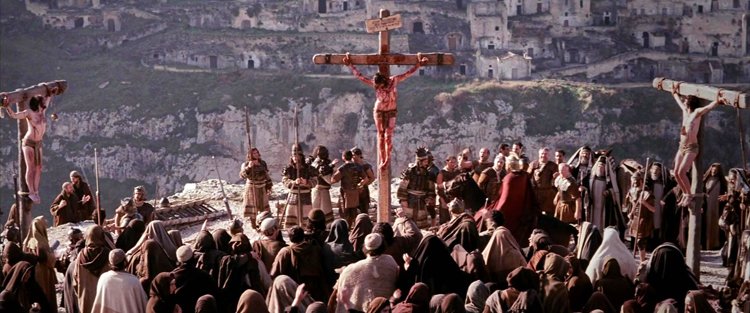
Other popular gospels were the gospel of James, which describes in detail the immaculate conception of the Virgin Mary, daughter of Joachim and Anna. The Infancy Gospel of Thomas has 14 short stories about Jesus as a child.
‘He was going through the village, and a child who was running banged into his shoulder. Jesus was angered and said to him, “You shall go no further on your way.” And immediately the child fell down dead… The parents of the dead boy went to Joseph and blamed him… Joseph took the child aside privately, “Why do you do such things? These people are suffering and they hate us and are persecuting us.” Jesus said, I know that these are not your words, but on account of you I will be silent. However they shall bear their punishment.” Immediately those who accused him were blinded.’ (Infancy Gospel of Thomas 4.1 – 5.1, Documents p.92-3)
Not much forgiveness there!
BEING ‘IN THE KNOW’
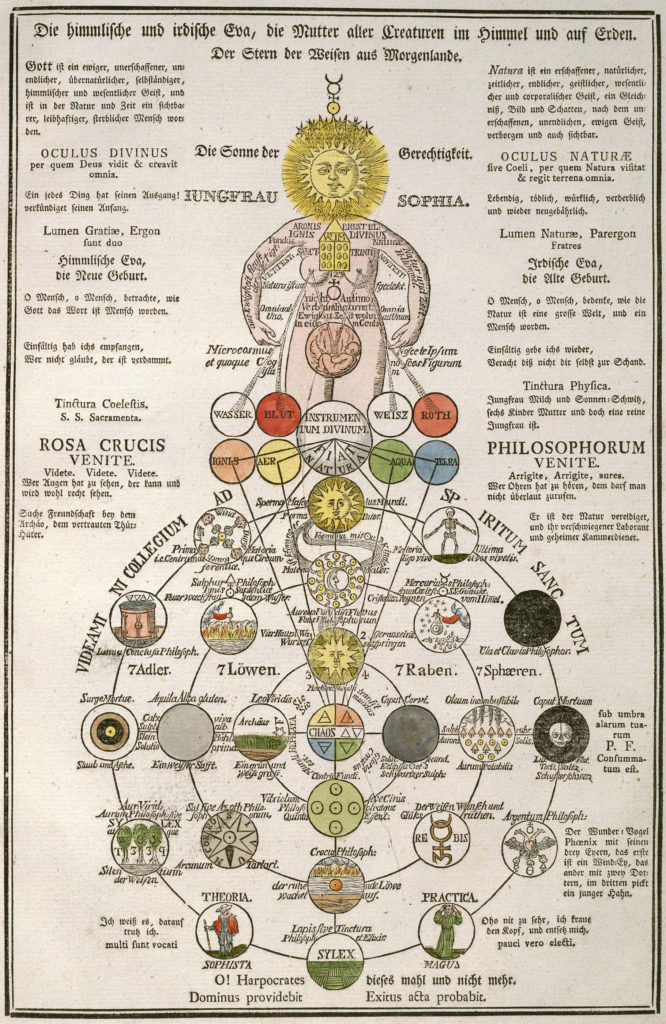
“The Mind, God, was both male and female; it was life and light, and it begot by Logos another Mind, the world-creator (Demiurge). The Demiurge, a god of the fire and spirit, crafted seven governing powers which orbited the sensible world. Their governance is called fate…” (v.9 of the Hermetic Tractate Poimandres, c. 3rd century; Documents p. 245)
This quote from the ‘Corpus Hermeticum’, revealed by the god Thrice-Greatest Hermes, is an example of the religious ‘soup’ typical of the mystical underground movement that flourished in the first centuries of the Christian era. It was not called Gnosticism until the 17th century, from the Greek ‘gnosis’ meaning knowledge or intellect. Irenaeus in his book ‘Against the Heresies’ (180) called it ‘the intellectual (gnostikos) sect’.
Its belief system started with the conviction that the world, indeed all physical matter was fundamentally evil, or at least flawed. The true God was too perfect to be involved in our greasy mess, so he created a series of offshoots until one was compromised enough to create the world, called the “Demiurge” (“half-way worker”?). But shards of light from the supreme God, Mind, had found their way into men, which then had to be rescued and brought back up through the various heavens or levels with the help of secret passwords. Only the spiritual elite could come to know what these were. The supreme Mind put a powerful shard of light into the body of Jesus, who could therefore give people the knowledge of how to rescue themselves progressively from this unfortunate world system. This spiritual power, called ‘Christ’, left Jesus at the crucifixion, which is why he said, “My God, my God, why have you abandoned me?”
THE CHURCH THE SEEDBED OF GNOSTICISM?
When did these ideas start to infiltrate the Church? Probably from the beginning, because it was really easy to do so. Paul describes a typical worship meeting around 55:
“When you come together, each one has a hymn, a lesson, a revelation, a tongue, or an interpretation.” (1 Corinthians 14.26) Not hard to stand and say “I speak a deeper truth.”
This seems to be just what was happening in Corinth. “If someone comes and proclaims another Jesus than the one we proclaimed, or if you receive a different spirit from the one you received, or a different gospel from the one you accepted, you submit to it readily enough. I think that I am not in the least inferior to these super-apostles. I may be untrained in speech, but not in knowledge.” (2 Corinthians 11.4-6) When Paul says, “I want you to understand that no one speaking by the Spirit of God ever says ‘Let Jesus be cursed!’” it could have been someone asserting that he followed the spiritual Christ, and that the mortal man Jesus was a distraction and should be dismissed.
The point is made briefly and clearly in the shortest book in the Bible, the second letter of John, just 13 verses. “Many deceivers have gone out into the world, those who do not confess that Jesus Christ has come in the flesh; any such person is the deceiver and the antichrist! … Everyone who does not abide in the teaching of Christ, but goes beyond it, does not have God.” (2 John 7, 9)
WHAT DID THE GNOSTIC GOSPELS SAY?
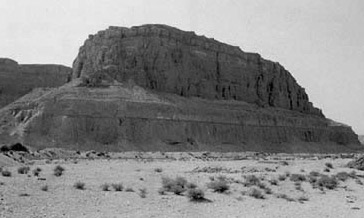
The following quotes are from books discovered at Nag Hammadi in Egypt in 1945.
They were probably hidden after 367, when Athanasius, the powerful bishop of Alexandria, forbade the reading of any but the books of our present New Testament.
The Gospel of Thomas is the most interesting because almost two thirds are sayings related in some way to those in the Bible. It was probably written in the early 2nd century.
‘A man said to him, “Speak to my brothers , so that they will divide my father’s possessions with me.” He said to him,, “O man, who made me a divider?” He turned to his disciples; he said to them, “I am not a divider, am I?”’ (72)

’Jesus said, “Blessed are those whom they have persecuted in their hearts; these are they who know the Father in truth.”’ (69a)
Other sayings are very unlike the Jesus of the four normal gospels:
‘Jesus said, “Let him who seeks not cease seeking until he finds, and when he finds, he shall be troubled, and when he is troubled, he will marvel, and he will rule over the All.”
‘Jesus said, “I am the light which is above all of them. I am the All. The All came forth from me and the All reached me. Split wood, I am there; lift up the stone, and you will find me there.”’
‘Simon Peter said to them, “Let Mary leave us, because women are not worthy of the Life.” Jesus said, “Look, I shall guide her so that I will make her male, in order that she also may become a living spirit, being like you males. For every woman who makes herself male will enter the kingdom of heaven.”’ (Coptic Gospel of Thomas 69a,7, 2, 77,114; Documents pp. 25-35)
The Gospel of Philip is a series of 127 short meditations. Here are five of them:
‘No one will hide an extremely valuable thing in something of equal value. However, often people put things worth countless thousands into a thing worth a penny. It is this way with the soul. It is a precious thing which came into a worthless body.’
‘“The Father” and “the Son” are single names. The “Holy Spirit” is a double name. They are everywhere. They are above; they are below; they are in the secret; they are in the revealed. The Holy Spirit is in the revealed; it is below; it is in the secret; it is above.’
‘The world came into being through an error. For he who created it intended to create it imperishable and immortal. He failed to attain his hope…
‘We now have revealed things of creation. We say, “The strong are worthy. But the hidden things are weak and worthless.” It is this way with the revealed things of the truth; they are weak and worthless, but the hidden things are strong and considered worthwhile. However, the mysteries of the truth are revealed as types and images. But the Bridal Chamber is hidden. It is the holy in the holy.’
(Philip 22, 33, 99, 124; Documents p. 66-82)
The ‘Wisdom of Faith’ (3rd century?) records the teaching of Jesus after the resurrection – all 384 pages of it. In it Jesus says, “Listen, blessed Philip… It is to you, as well as to Thomas and to Matthias, that I, by the authority of the First Mystery, have entrusted the writing of all that I shall say and that I shall do …” (42; Documents p. 59)
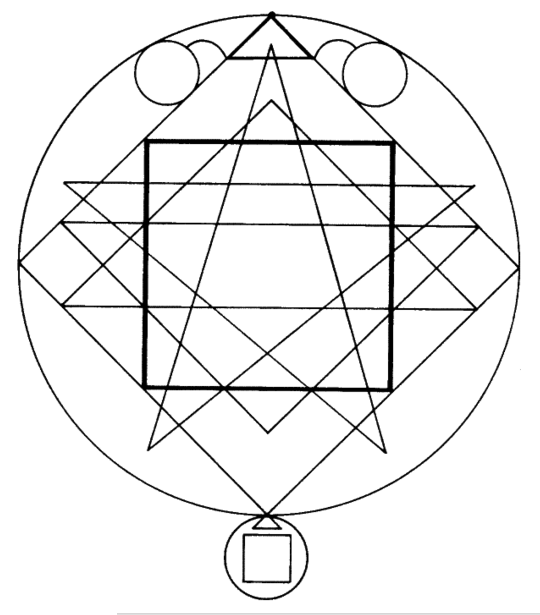
‘It so happened, however, that after Jesus had risen from the dead, he remained there eleven years, speaking with his disciples, and he taught them only up to the places of the first laws and up to the places of the first mystery, that within the veil, which is inside the first law, which is the twenty-fourth mystery outside, and below those which are found in the second space of the first mystery, which is before all mysteries – the Father in the form of a dove.’ (Pistis Sophia – Wisdom of Faith 1.1, Documents p. 55)
A little treatise, ‘the Gospel of Truth’ was probably written by the famous heretic Valentinus (100 – 160), who almost became the Bishop of Rome.
“Jesus, the Christ, enlightened those who were in darkness through oblivion. He enlightened them; he showed them a way; and the way is the truth which he taught them. For this reason error grew angry at him and persecuted him… He was nailed to a tree and he became a fruit of the knowledge of the Father.” (Gospel of Truth 18; Lost Christianities p.128)
SO WHAT DO YOU THINK?
Looking again at the quotations above, do you find any of them convincing or helpful?
Though interesting, I am personally glad that they were not included in our New Testament
Andrew Roland © 2020
